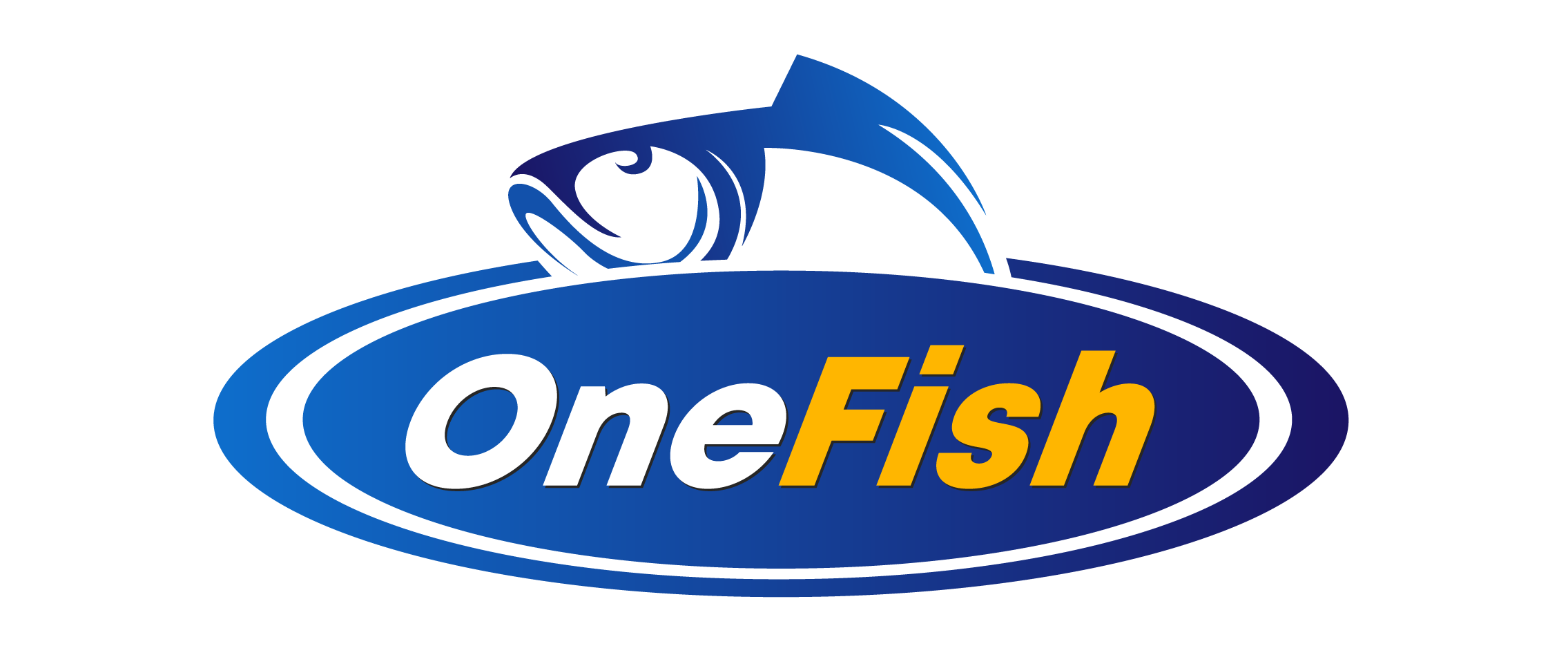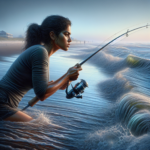Fly Fishing for Trout in Pennsylvania’s Rivers

Introduction
Did you know that Pennsylvania boasts over 86,000 miles of rivers and streams, many of which are prime habitats for trout? Fly fishing for trout in Pennsylvania’s rivers is not just a pastime but a cherished tradition for many anglers. This article will delve into the rich history, techniques, and best practices for fly fishing in Pennsylvania, focusing on the state’s rivers and the trout species that inhabit them. Whether you’re a seasoned angler or a novice looking to dip your toes into the world of fly fishing, this guide will provide you with the essential information you need to make the most of your fishing experience.
Why does this matter? Fly fishing is more than just a sport; it’s a way to connect with nature, relieve stress, and enjoy the great outdoors. Knowing the best spots, techniques, and gear can significantly enhance your fishing experience, making it more enjoyable and successful.
Background/Context
Historical or Cultural Significance
Fly fishing has deep roots in Pennsylvania, dating back to the early 19th century. The state’s rivers have long been a haven for anglers, thanks to their abundant trout populations and scenic beauty. The cultural significance of fly fishing in Pennsylvania is evident in the numerous fishing clubs, annual events, and the strong community of anglers who share a passion for the sport.
Geographical Overview
Pennsylvania is characterized by its diverse topography, which includes rolling hills, dense forests, and expansive river systems. The state’s climate varies from humid continental in the north to humid subtropical in the south, providing a range of fishing conditions throughout the year. Key rivers for trout fishing include the Delaware, Susquehanna, and Allegheny, each offering unique fishing opportunities and challenges.
Key Points/Details
Fishing Techniques
Technique Overview
Fly fishing is the most popular technique for catching trout in Pennsylvania’s rivers. This method involves using a lightweight lure, known as a fly, which mimics the appearance of insects that trout feed on. The key to successful fly fishing is mastering the art of casting, which requires precision and practice.
When and Where to Use
The best times for fly fishing in Pennsylvania are during the spring and fall when trout are most active. Specific spots like the Little Juniata River, Penns Creek, and the Youghiogheny River are renowned for their trout populations. Early morning and late afternoon are typically the best times of day to fish, as trout are more likely to be feeding.
Recommended Gear
- Rods: A 9-foot, 5-weight rod is versatile and suitable for most conditions.
- Reels: A reel with a good drag system is essential for handling larger trout.
- Lines: Floating lines are generally recommended for trout fishing.
- Flies: Dry flies, nymphs, and streamers are all effective, depending on the conditions.
Species Information
Species Overview
Pennsylvania’s rivers are home to several species of trout, including brook trout, brown trout, and rainbow trout. Brook trout are native to the state and are often found in smaller, colder streams. Brown and rainbow trout are more commonly found in larger rivers and are known for their fighting spirit and size.
Best Practices
To successfully catch trout, it’s important to understand their behavior and habitat. Trout are often found in areas with cover, such as undercut banks, submerged logs, and overhanging vegetation. Using the right fly and presenting it naturally is crucial. Matching the hatch, or using flies that resemble the insects currently hatching in the area, can significantly increase your chances of success.
Location Information
Top Fishing Spots
- Little Juniata River: Known for its wild brown trout population and scenic beauty.
- Penns Creek: Offers a mix of wild and stocked trout, with excellent hatches.
- Youghiogheny River: A tailwater fishery with a healthy population of rainbow and brown trout.
Regulations and Licenses
Anglers in Pennsylvania are required to have a valid fishing license, which can be purchased online or at various retail locations. Additionally, a trout/salmon permit is required for those targeting these species. It’s important to familiarize yourself with local regulations, including catch limits and seasonal restrictions, to ensure a sustainable fishing experience.
Seasonal Considerations
Seasonal Variations
Fishing conditions in Pennsylvania’s rivers can vary significantly throughout the year. Spring and fall are generally the best seasons for trout fishing, as water temperatures are ideal and insect activity is high. Summer can be challenging due to warmer water temperatures, while winter fishing requires specialized techniques and gear to cope with cold conditions.
Best Times to Fish
The optimal times to fish are early morning and late afternoon, especially during the warmer months. During these times, trout are more likely to be feeding and less wary of anglers. In the spring and fall, midday fishing can also be productive.
Events and Tournaments
Event Overview
Pennsylvania hosts several fly fishing events and tournaments throughout the year. The Pennsylvania Fly Fishing Show, held annually in Lancaster, is a major event that attracts anglers from across the country. Local fishing clubs also organize tournaments and events, providing opportunities for anglers to compete and share their passion for the sport.
Preparation Tips
To prepare for a fishing event or tournament, it’s important to practice your casting and familiarize yourself with the specific waters where the event will be held. Ensure your gear is in top condition and pack extra flies, leaders, and tippets. Researching the local hatches and conditions can also give you a competitive edge.
Tips and Best Practices
General Tips
- Practice your casting regularly to improve accuracy and distance.
- Observe the water and look for signs of trout activity, such as rising fish or insect hatches.
- Be patient and persistent; trout fishing can require time and effort.
Avoid Common Mistakes
- Avoid spooking the fish by wading too aggressively or casting shadows on the water.
- Don’t use flies that are too large or unnatural-looking; match the hatch as closely as possible.
- Ensure your knots are secure to prevent losing fish due to tackle failure.
Advanced Techniques
- Master the double haul cast to achieve greater distance and accuracy.
- Learn to read the water and identify prime trout-holding spots.
- Experiment with different fly patterns and presentations to find what works best in different conditions.
Gear and Equipment Recommendations
Essential Gear
- 9-foot, 5-weight fly rod
- Quality fly reel with a good drag system
- Floating fly line
- Assortment of dry flies, nymphs, and streamers
- Waders and wading boots
- Polarized sunglasses
Optional Gear/Upgrades
- Fly fishing vest or pack
- Landing net
- Strike indicators
- Fly tying kit for creating custom flies
Where to Buy or Rent
Local fly shops such as TCO Fly Shop and The Sporting Gentleman offer a wide range of gear and equipment. Online retailers like Orvis and Cabela’s also provide extensive selections. Some shops offer rental options for those who prefer to try out gear before making a purchase.
Safety and Conservation
Safety Tips
- Always check the weather forecast before heading out and be prepared for changing conditions.
- Wear a life jacket when fishing in deeper waters or from a boat.
- Be aware of your surroundings and watch for wildlife, including snakes and bears.
Conservation Practices
- Practice catch and release to help maintain healthy fish populations.
- Use barbless hooks to minimize injury to the fish.
- Respect local regulations and avoid fishing in restricted areas.
Planning Your Trip
Accommodations
There are numerous lodging options near Pennsylvania’s top fishing spots, ranging from campgrounds and cabins to hotels and bed-and-breakfasts. Popular choices include the Feathered Hook in Coburn and the Riverside Lodge in Spruce Creek.
Travel Tips
Pennsylvania is easily accessible by car, with major highways connecting key fishing areas. For those flying in, the Harrisburg International Airport and Pittsburgh International Airport are convenient options. Renting a car is recommended for exploring the more remote fishing spots.
Additional Activities
In addition to fishing, Pennsylvania offers a wealth of outdoor activities, including hiking, kayaking, and birdwatching. The state’s numerous parks and natural areas provide ample opportunities for exploration and relaxation.
Frequently Asked Questions (FAQs)
Do I need a special license to fish for trout in Pennsylvania?
Yes, in addition to a regular fishing license, you will need a trout/salmon permit to fish for trout in Pennsylvania.
What is the best time of year for trout fishing in Pennsylvania?
The best times are typically in the spring and fall when water temperatures are ideal, and trout are most active.
Can I fish for trout year-round in Pennsylvania?
While some rivers have year-round fishing, others have seasonal restrictions. Always check local regulations before planning your trip.
What are some recommended flies for trout fishing in Pennsylvania?
Popular choices include Adams, Elk Hair Caddis, Pheasant Tail Nymphs, and Woolly Buggers.
Conclusion
Fly fishing for trout in Pennsylvania’s rivers offers a rewarding and enriching experience for anglers of all skill levels. By understanding the best techniques, gear, and locations, you can enhance your chances of success and fully enjoy the beauty and tranquility of Pennsylvania’s waterways. Whether you’re planning a trip or looking to improve your skills, this guide provides the essential information you need to make the most of your fly fishing adventures.
So grab your gear, head to one of Pennsylvania’s stunning rivers, and immerse yourself in the timeless tradition of fly fishing. Happy fishing!




